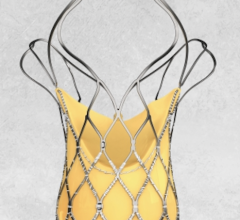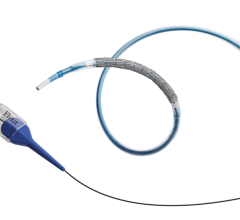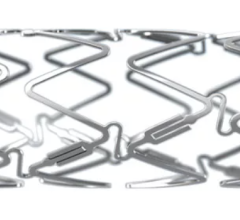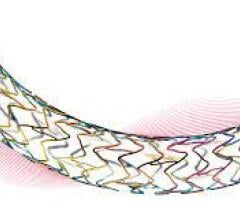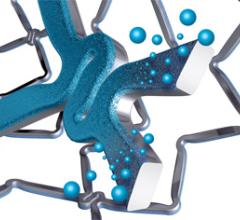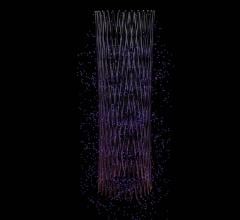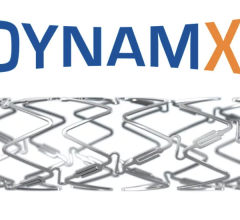April 8, 2008 - The first-in-man study funded by MIV Therapeutics Inc. (MIV) showed that MIV's VESTAsync stents performed as well or better than commercially available drug stent combinations, while using 60 percent less drug, according to data presented at the American College of Cardiology conference in Chicago, IL.
Based on the belief that one of the causes of restenosis arises from the materials used to construct the stents, particularly the polymer (plastic) that holds the drug component, MIV demonstrated the safety of a revolutionary new type of drug-eluting vascular stent that uses materials found naturally in the human body, and does not employ polymers.
In the Brazilian study, conducted by Alexandre Abizaid, M.D., Ph.D. at Institute Dante Pazzanese of Cardiology in Sao Paolo, investigators implanted stents in 15 patients and measured the extent of restenosis at four and nine months using two independent measures. The two time points are chosen to allow for healing (four months) and subsequent inflammatory or cell-proliferative responses (nine months).
The two methods used by Dr. Abizaid were intravascular ultrasound, an imaging technique for blood vessels similar to ultrasound in other parts of the body, and quantitative coronary angiography, which uses a radioactive tracer injected into the heart to detect blockages through an X-ray camera positioned outside the body.
Researchers measured volumetric obstruction with the ultrasound, and late-lumen loss with the angiography. Volumetric obstruction relates to the percentage of the stent volume that has filled, while lumen loss measures the reduction, in millimeters, of the free path through the stent area at its narrowest.
Researchers found no statistically significant narrowing of blood vessels inside the VESTASync stent at nine months compared to the results of these patients at four months. Both volumetric obstruction and late lumen loss were comparable with restenosis measures for conventional drug-eluting stents. Significantly, investigators found no evidence of incomplete stent apposition (a measure of incomplete attachment of the stent to the blood vessel), no stent-related thrombosis (blood clot), and no major adverse coronary events over the study period.
Dr. Costa, who presented the data, commented, "Our nine month data are very encouraging and reaffirm our positive findings at four months. What is remarkable is these results were obtained with 60 percent less drug delivered from an ultra-thin 0.6-micron coating that is entirely polymer-free."
For more information: www.mivtherapeutics.com


 July 02, 2024
July 02, 2024 
